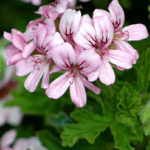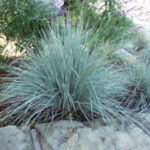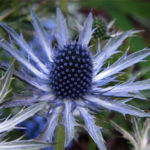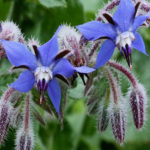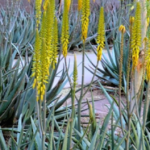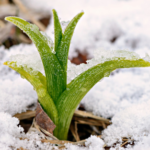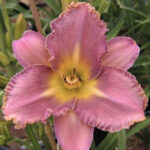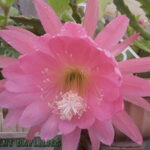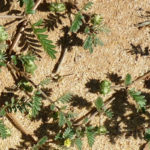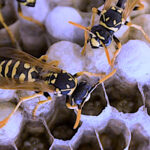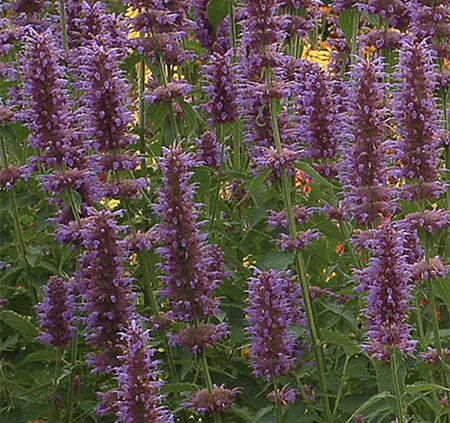
Agastache Plant Care
Agastache All You Need To Know About Growing Agastache Varieties
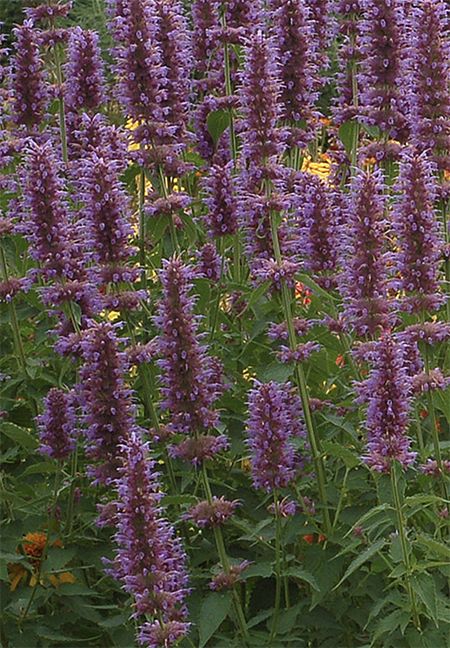 Agastache is an aromatic perennial belonging to the mint family Lamiaceae. This plant variety has greyish green foliage and long flower spikes which last throughout the flowering season. The colour of the Agastache flower petal colour ranges from purple to lavender. They are also seen in pink, blue, white or rose colours. The flower spike is about 3-4 inches long and the blooms start to appear from the top of the spike to the bottom. The flowers are nectar rich and attract insects eating birds. This plant can add a colour display to your garden with long lasting flowers and green leaves. Growing Agastache requires no special skill and is easy to care for. Flowers are produced till the first frost appears. Depending on the variety the plant height ranges from 2 to 4 feet. The most common varieties include Licorice Mint (Agastache Rupestris), Orange Hummingbird Mint (Agastache Aurantiaca), Anise Hyssop (Agastache Foeniculum), etc. some of the varieties are hardy and some are frost tender. They make good cut flowers.
Agastache is an aromatic perennial belonging to the mint family Lamiaceae. This plant variety has greyish green foliage and long flower spikes which last throughout the flowering season. The colour of the Agastache flower petal colour ranges from purple to lavender. They are also seen in pink, blue, white or rose colours. The flower spike is about 3-4 inches long and the blooms start to appear from the top of the spike to the bottom. The flowers are nectar rich and attract insects eating birds. This plant can add a colour display to your garden with long lasting flowers and green leaves. Growing Agastache requires no special skill and is easy to care for. Flowers are produced till the first frost appears. Depending on the variety the plant height ranges from 2 to 4 feet. The most common varieties include Licorice Mint (Agastache Rupestris), Orange Hummingbird Mint (Agastache Aurantiaca), Anise Hyssop (Agastache Foeniculum), etc. some of the varieties are hardy and some are frost tender. They make good cut flowers.
Growing Conditions
Agastache prefers a good sunny location and well-drained soil to grow. They can grow well even in poor alkaline soil. You can also grow them indoors. Most of the varieties can survive cold temperatures if mulched properly. The plant needs plenty of water while establishing and they need water sparingly after that. They are highly drought-tolerant and require deep watering once in a while. Excessive watering can cause diseases like mould and mildew. The flowering period of the plant is from late spring to early summer. Providing space of 1m between the plants is necessary for healthy growth. They can also be grown in containers.
Caring For The Plant
Once planted don’t be surprised, the Agastache Plants will take at least two years to bloom.
- Cut back the plants after blooming during the next spring.
- Deadheading the plant helps to keep the plant healthy and tidy.
- You can fertilise them with a low nitrogen fertiliser twice a year or in every few months if the plant requires feeding.
- Cutting the flower stalks promote the production of stronger branches and flowers.
- You can divide the plant in early autumn if it becomes untidy or spreads uncontrollably.
- The only problem that affects this plant variety is slugs. Keep the slugs away and your plant will be observed, beautiful and healthy.
Propagation Methods
Agastache Plants can be propagated by seeds, by division or by using stem cuttings. Seeds should be sowed in early spring when the temperature is 55° – 64°F. It will take 30 to 90 days for the seeds to germinate. If you are starting the seeds indoors, it is necessary to sow them at least 7 to 8 weeks before planting them in the garden. The clumps can be divided in early autumn after digging out the clump. Pull the clump into smaller divisions with 3 to 4 shoots and with healthy roots. Replant the divisions to form a new plant division can be done in every 2 to 3 years. Cuttings of the semi-ripe stems can be taken from basal growth during spring or autumn for propagation. You will be able to find the best-suited variety of Agastache Plants for your garden from any local nursery or online garden shop.


